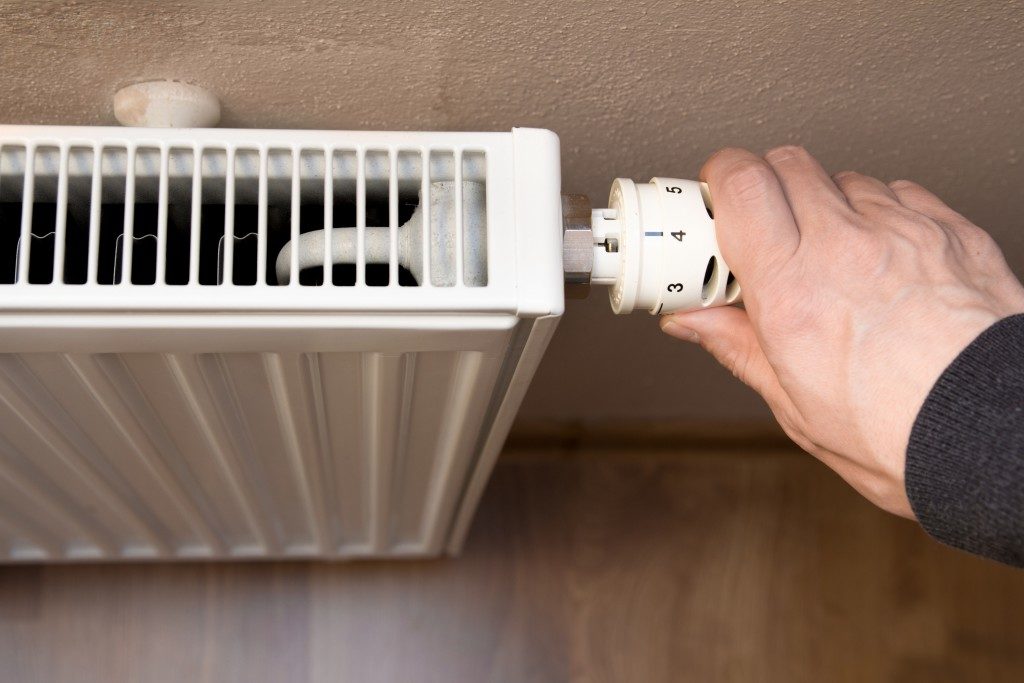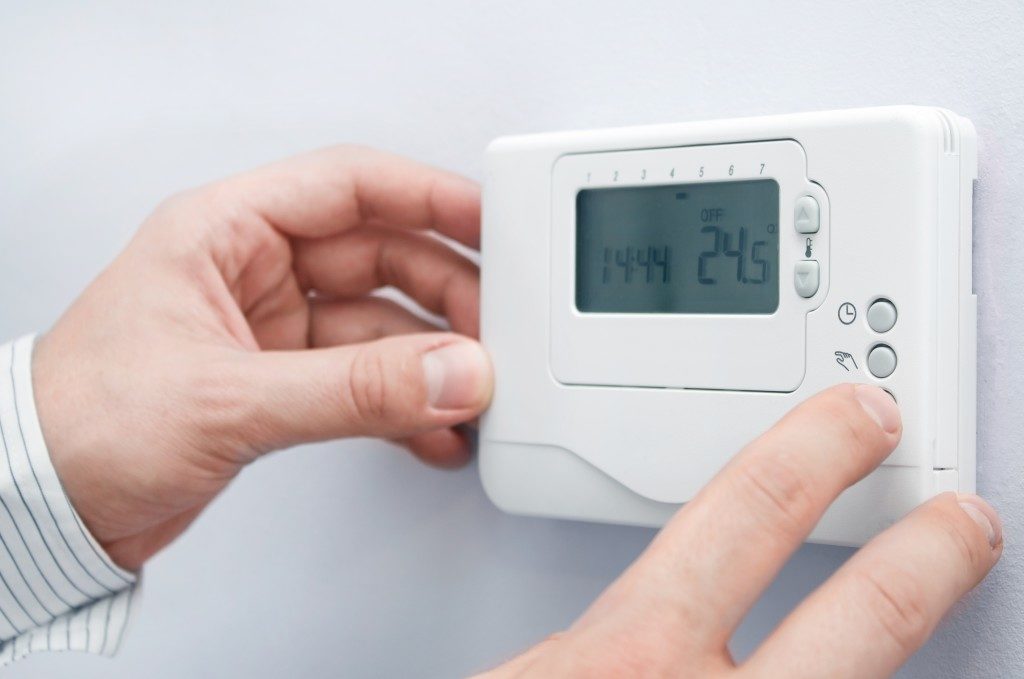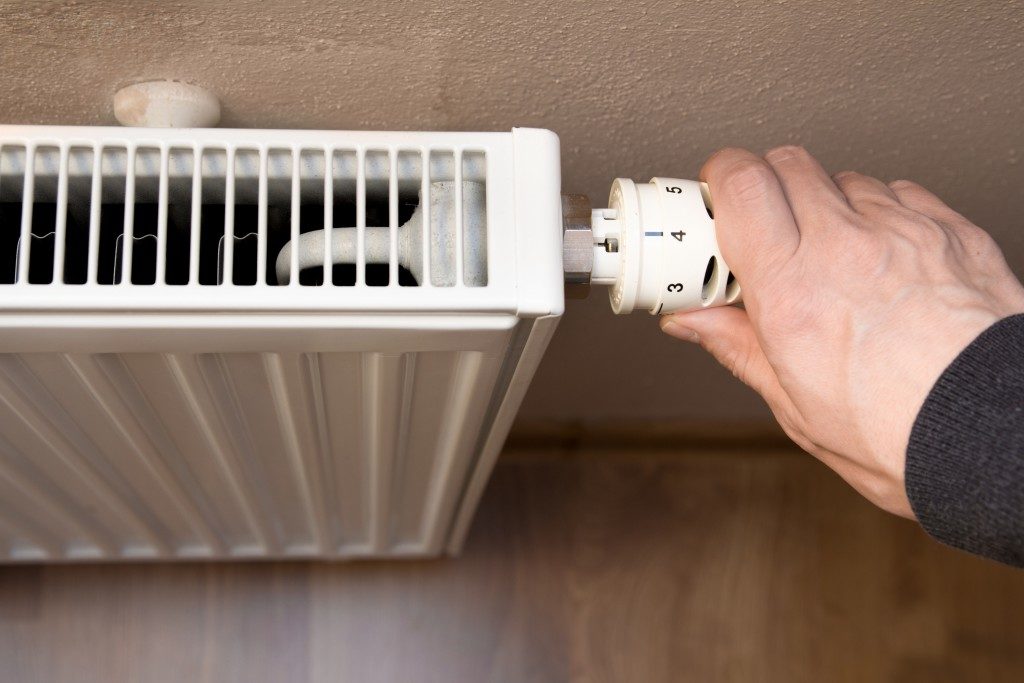
When choosing the right heating system for your home, it can be confusing given the availability of different options, from forced air heating and cooling to gravity air furnaces.
You should also consider the expenses related to maintenance and repairs of heating systems, especially if you live in the U.S. For instance, the cost of furnace repair in Park City, Utah may be less expensive than in Salt Lake City. My Buddy The Plumber Heating & Air, LLC also explains that it’s better to use a home heating system that could be serviced by your local repair company.
Different Types of Heating
Forced air systems are probably the most common type for residences. This HVAC system is particularly used in modern houses where an electric furnace blower distributes warm or cool air around the house via several interconnected ducts. You could use natural gas, liquid propane, fuel oil, or electricity to power a forced air heating and cooling system.
Gravity air systems also use ducts, but they use a different method of air distribution. Instead of blowing air, these systems function through the rising and sinking of cool or hot air. This usually happens when a gravity furnace heats air from the basement and releases it through the ducts. Many older houses use this type of furnace.
Pros and Cons
A forced air system is an ideal option for homeowners who wish to have a system that quickly adjusts the room temperature, while also removing allergens and dust using a filter. You could also use it with a humidifier or dehumidifier. Some of its disadvantages, though, involve a noisy furnace fan. The furnace also requires frequent parts replacements.
On the other hand, the benefits of a gravity air system include non-moving parts, which means it requires little to no maintenance depending on how you use it. However, it can be difficult to filter air and it consumes more energy. Adjusting the temperatures also takes quite some time.
Cost of New Furnace Systems

If repairs for an existing furnace cost more than you expected, then buying a new one could be a better option. Note that the average cost of a new furnace in the U.S. is $5,500, but you could spend as low as $700 or even up to $13,000.
Those who plan to buy a natural gas furnace should know that British Thermal Units (BTUs) are among the factors that determine the price of a system. BTUs are determined through the degree of insulation and the floor space of your house, along with the number of windows available in your property. Homes in colder climates will have a higher BTU measurement, so be wise in choosing the system to save on energy costs. Request quotes from at least three companies to make an informed decision.
Your budget will ultimately determine how much you will spend on a heating system, but it will not hurt to spend a premium, especially if it means saving money on maintenance and repairs. In case you need a professional service, look for a company that is available 24/7. This will be helpful during emergencies.


